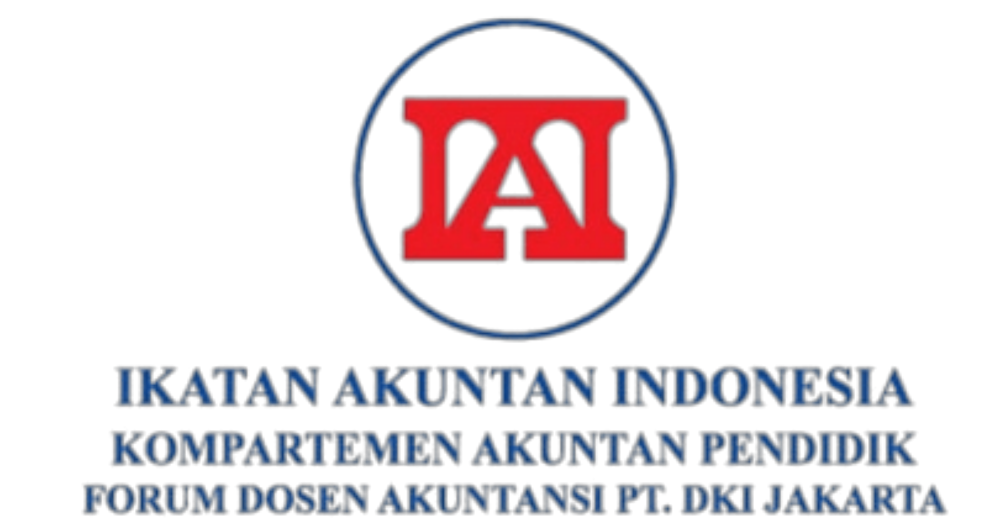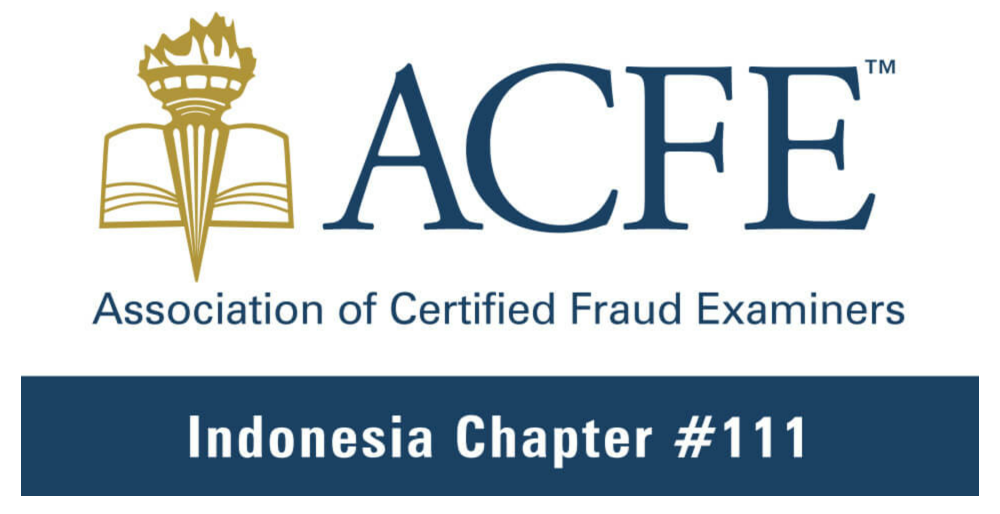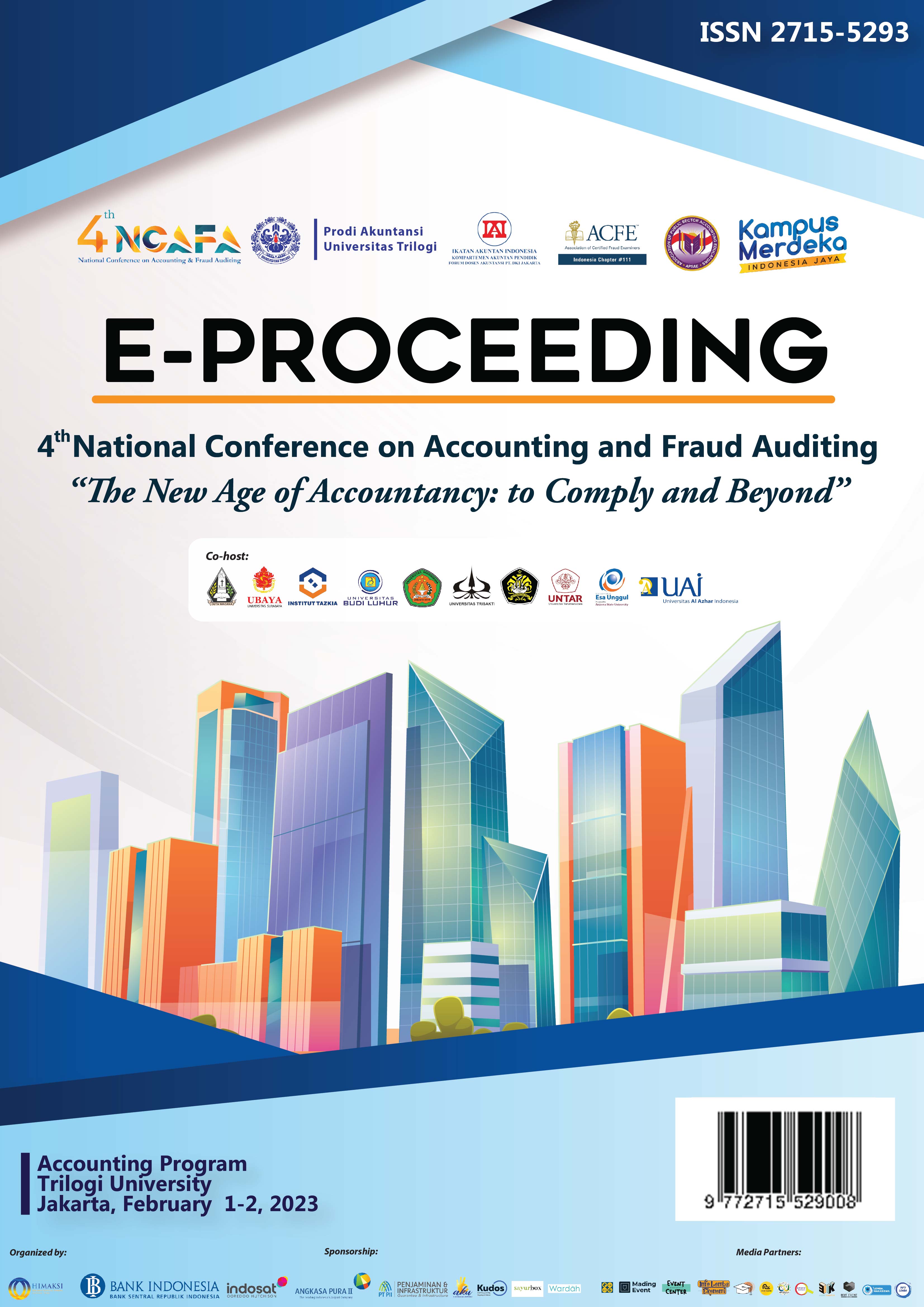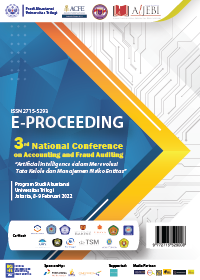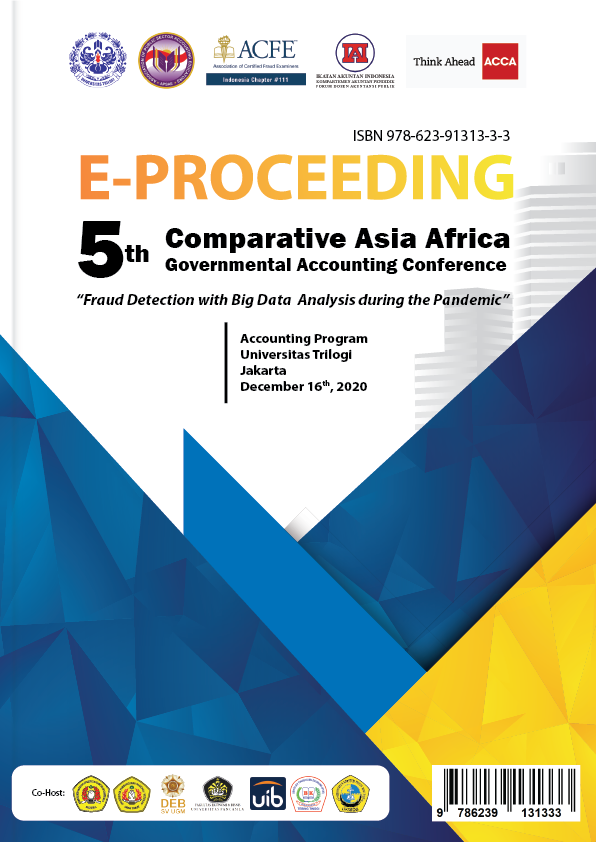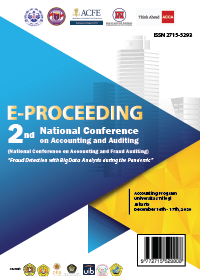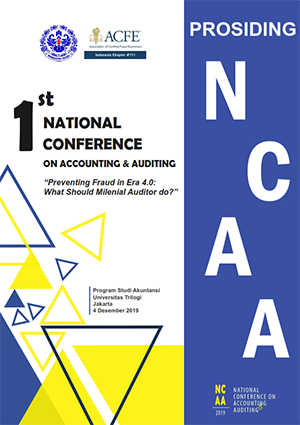The Influence of Tax Reform in Shaping the Corporates' Capital Structure-Evidence From Indonesia
Abstract
This research investigated how tax reform influenced the capital structure of the listed companies in the Indonesian Capital Market from 2004 to 2013. The panel data regression analysis showed the increase of the exploitation of debt followed the cut of the corporates' income tax rate that disagree with the corporates' tax shield purpose. This paper demonstrated the crucial role of the persistence measure of cash flow from operating activities as the critical prerequisite for the adjustment of the financing and investing activities impacted by the amendment of the law. The analysis also showed the positive relationship between non-current liabilities and capital expenditures which indicated that the use of external fund was the function of business expansion. The result supported the real economy perspective of the capital structure theory that the role of taxation on the use of borrowing capital occurred through the adjustment of the economic distortion.
Keywords: Tax, Capital Structure, Leverage, Liquidity, Capital Expenditures
Full Text:
PDFReferences
An, H., Chen, Y., Luo, D., & Zhang, T. (2016). Political Uncertainty and Corporate Investment: Evidence from China. Journal of Corporate Finance, 36(2014), 174–189.
Ayers, B. C., Call, A. C., & Schwab, C. M. (2018). Do Analysts’ Cash Flow Forecasts Encourage Managers to Improve the Firm’s Cash Flows? Evidence from Tax
Planning. Contemporary Accounting Research, 35(2), 767–793.
Daniels, N. D., Denis, D. J., & Naveen, L. (2008). Source of Financial Flexibility, Evidence From Cash Flow Shortfalls. Wp, 2009, 1–43.
Erosa, A., & González, B. (2019). Taxation and the life cycle of firms R. 105, 114–130. https://doi.org/10.1016/j.jmoneco.2019.04.006
Faulkender, M., & Wang, R. (2006). Corporate financial policy and the value of cash. Journal of Finance, 61(4), 1957–1990. https://doi.org/10.1111/j.1540- 6261.2006.00894.x
Feld, L. P., Heckemeyer, J. H., & Overesch, M. (2013). Capital Structure Choice and Company Taxation : A Meta-Study. Journal of Banking and Finance, 37(8), 2850– 2866.
Guariglia, A., Liu, X., & Song, L. (2011). Internal Finance and Growth: Microeconometric Evidence on Chinese firms. Journal of Development Economics, 96(1), 79–94.
Hackbarth, D., & Mauer, D. C. (2012). Optimal priority structure, capital structure, and investment. Review of Financial Studies, 25(3), 748–796. https://doi.org/10.1093/rfs/hhr129
Harris, C., & Roark, S. (2019). Cash flow risk and capital structure decisions. Finance Research Letters, 29(July), 393–397. https://doi.org/10.1016/j.frl.2018.09.005
Liao, L.-K., Linb, Y.-M., & Lin, T.-W. (2016). Non-Financial Performance in Product Market and Capital Expenditure. Journal of Business Research, 69, 2151–2159.
Marchica, M., & Mura, R. (2010). Financial Flexibility, Investment Ability and Firm Value: Evidence from Firms with Spare Debt Capacity. Financial Management, 1339–1365.
Modigliani, F., & Miller, M. H. (1958). The Cost of Capital, Corporation Finance and the Theory of Investment. The American Economic Review, 48(3), 261–297.
Modigliani, F., & Miller, M. H. (1963). Corporate Income Taxes and the Cost of Capital: A Correction. American Economic Review, 53(3), 433–443.
Myers, S. C., & Majluf, N. S. (1984). Corporate Financing and Investment Decisions when Firms Have Information That Investors Do Not Have. Journal of Financial Economics, 13(2), 187–221.
Nicodeme, G. (2009). Corporate Income Tax and Economic Distortion. Taxation Paper.
O’Connor Keefe, M., & Yaghoubi, M. (2016). The influence of cash flow volatility on capital structure and the use of debt of different maturities. Journal of Corporate Finance, 38(June), 18–36. https://doi.org/10.2139/ssrn.2664282
Platikanova, P. (2017). Debt Maturity and Tax Avoidance. European Accounting Review, 26(1), 97–124. https://doi.org/10.1080/09638180.2015.1106329
Richardson, G., Lanis, R., & Taylor, G. (2015). Financial Distress, Outside Directors and Corporate Tax Aggressiveness Spanning the Global Financial Crisis: An Empirical Analysis. Journal of Banking and Finance, 52, 112–129. https://doi.org/10.1016/j.jbankfin.2014.11.013
Stiglitz, J. E. (1973). Taxation, Corporate Financial Policy, and the Cost of Capital. Journal of Public Economics, 2(1), 1–34.
Suto, M. (2003). Capital Structure and Investment Behaviour of Malaysian Firms in the 1990s: A study of corporate governance before the crisis. Corporate Governance: An International Review, 11(1), 25–39. https://doi.org/10.1111/1467-8683.00299
Wu, L., & Yue, H. (2009). Corporate Tax , Capital Structure , and the Accessibility of Bank Loans : Evidence from China. Journal of Banking and Finance, 33(1), 30–38.
Yulianto, A. S., & Chariri, A. (2019). The role of Indonesian tax reform in boosting export performance of manufacturing sectors. International Journal of Economics and Business Administration, 7(4), 343–352. https://doi.org/10.35808/ijeba/348
Zou, J., Shen, G., & Gong, Y. (2019). China Economic Review The effect of value-added tax on leverage : Evidence from China ’ s value-added tax reform. China Economic Review, 54(April 2018), 135–146. https://doi.org/10.1016/j.chieco.2018.10.013
DOI: https://doi.org/10.31326/.v2i2.784
Refbacks
- There are currently no refbacks.

